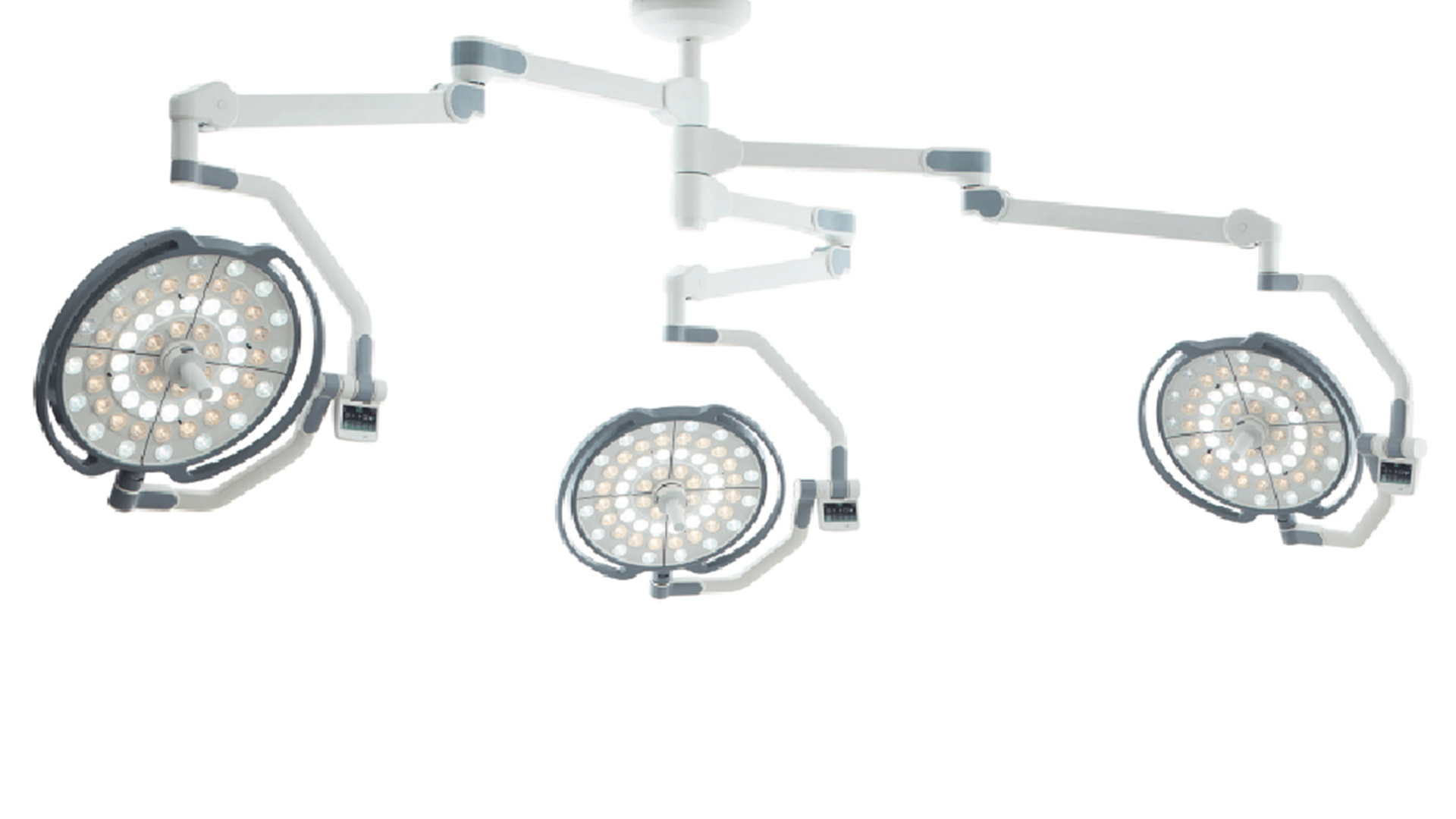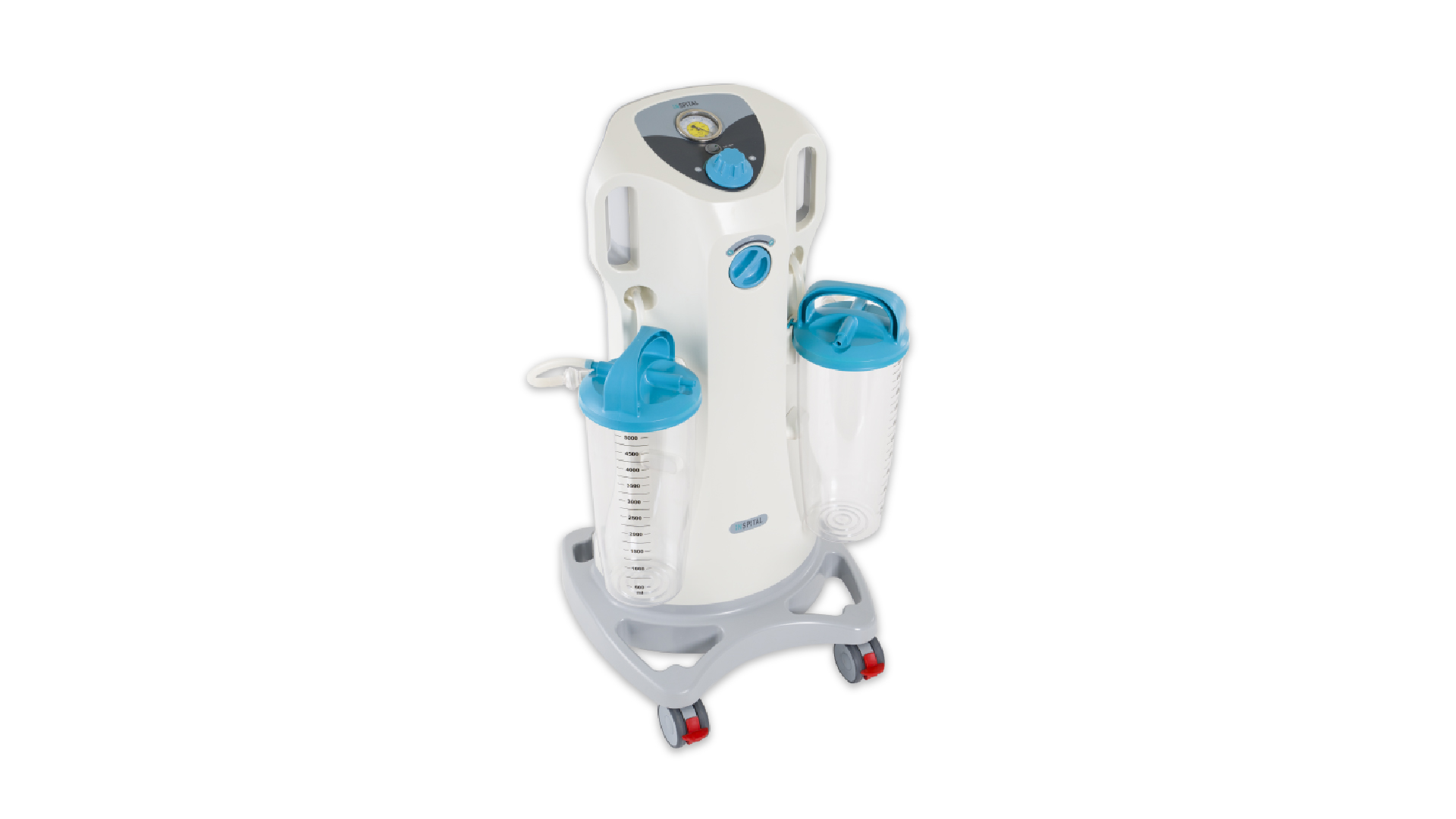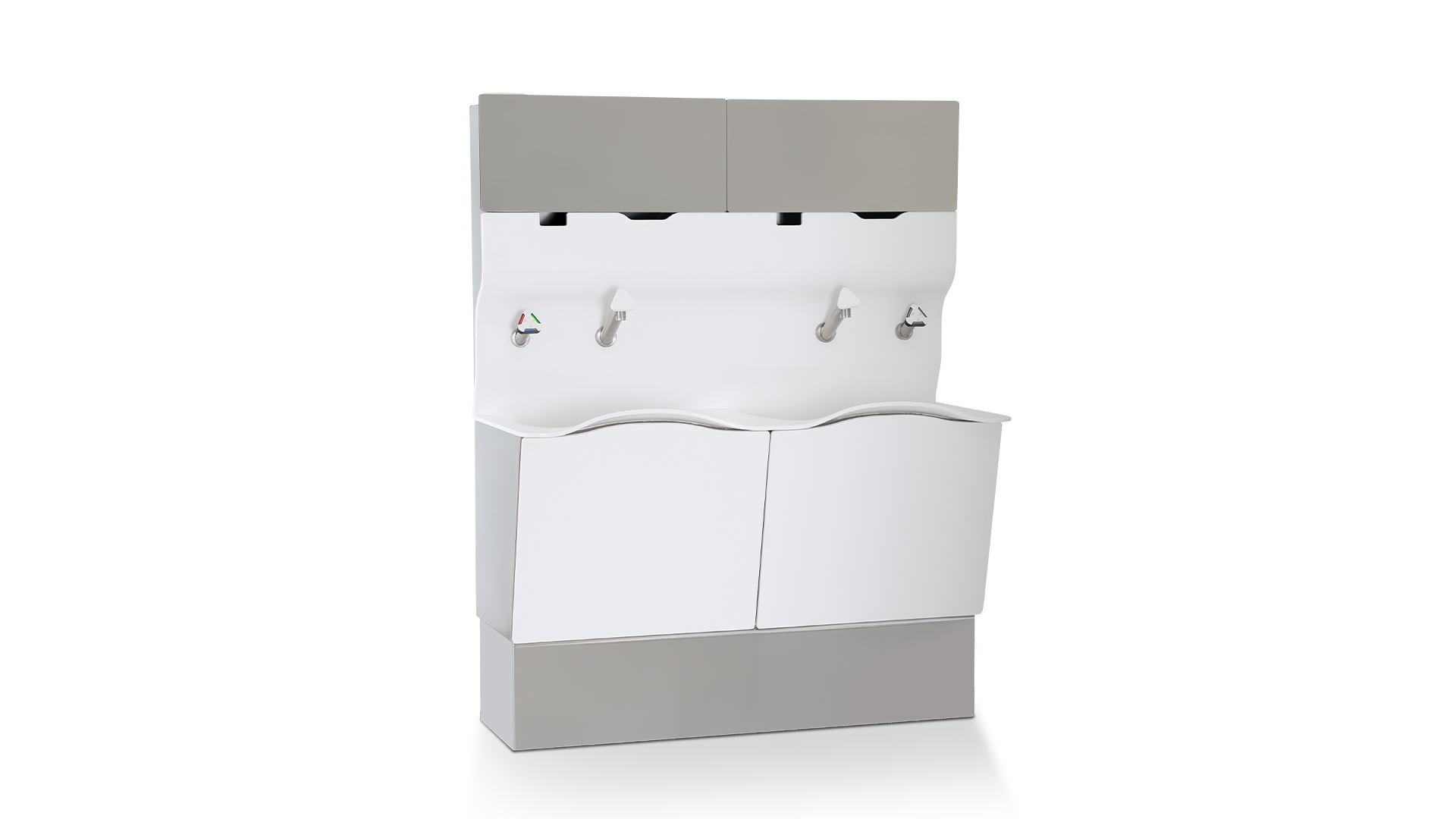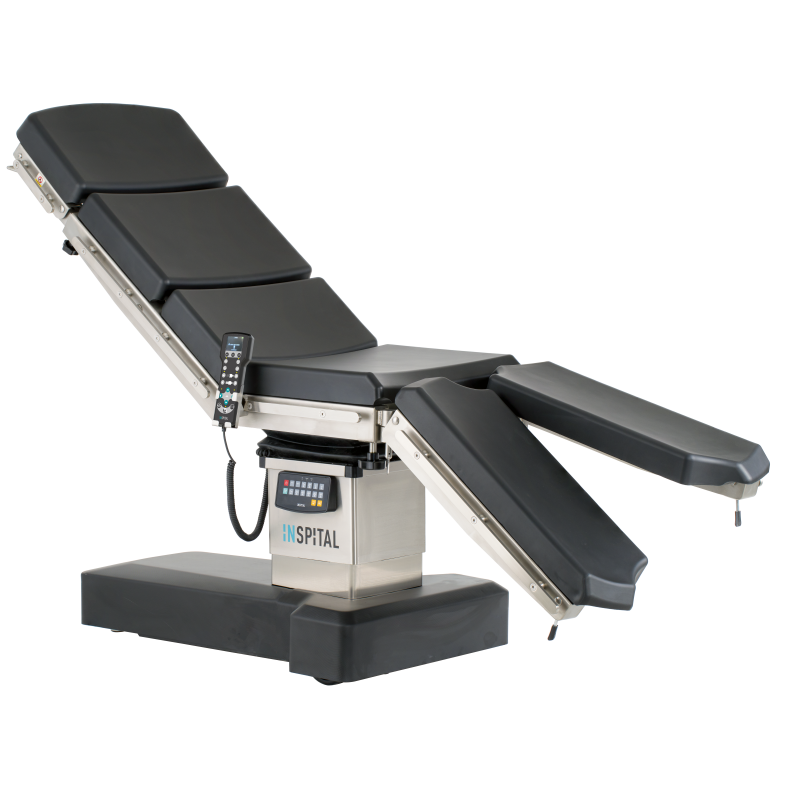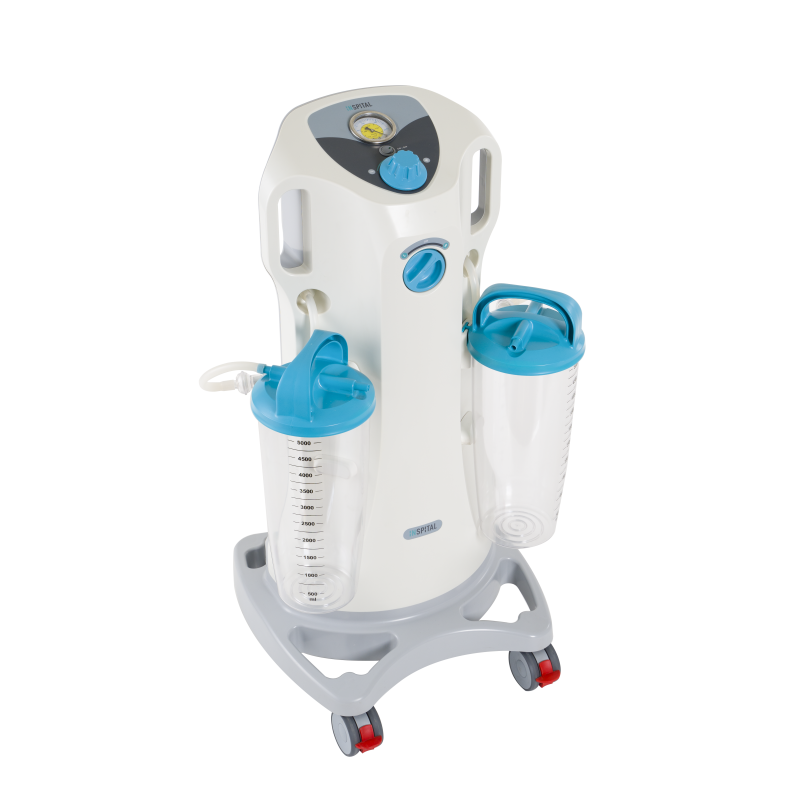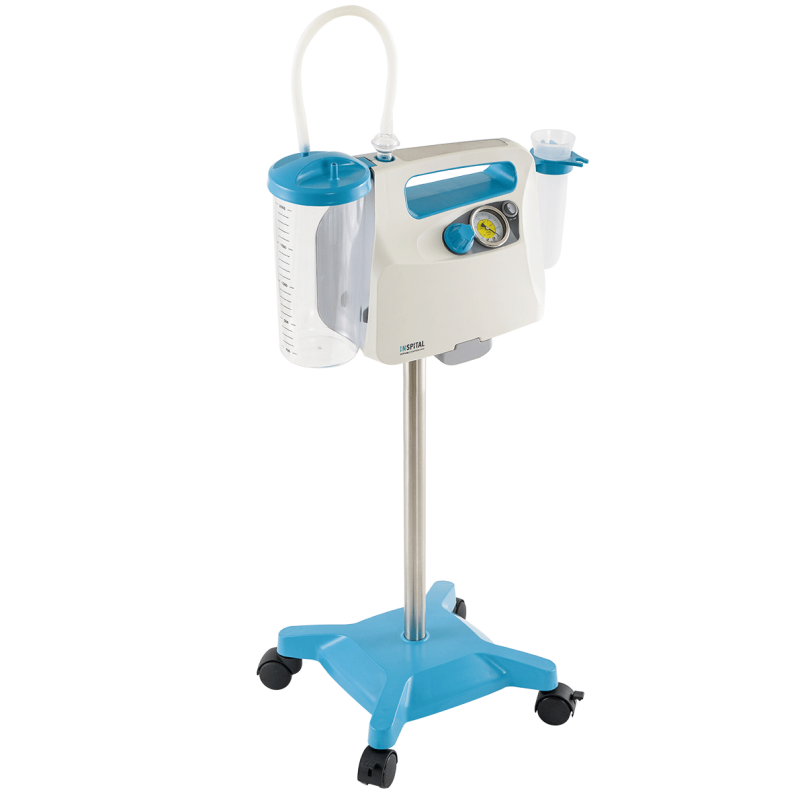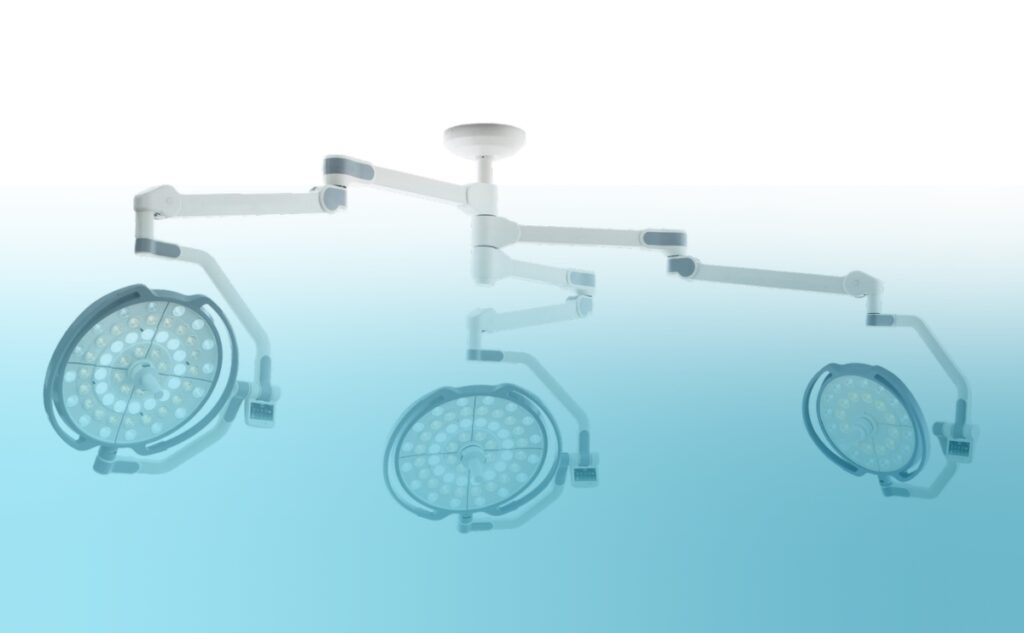Electrosurgical Devices: An Overview of Technology, History, and Applications
- Electrosurgical Devices
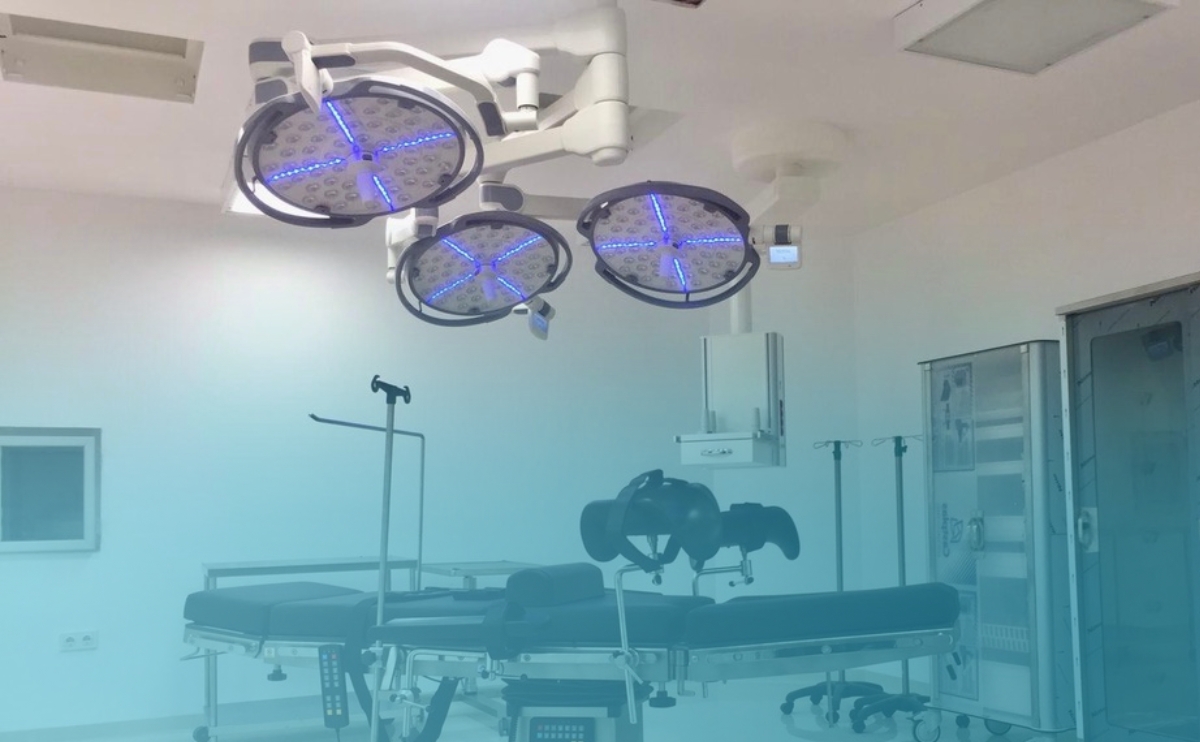
Contents
In the field of modern medicine, electrosurgical devices have become indispensable tools in surgical operations. These devices, also known as Electrosurgical Units (ESUs), offer a variety of benefits - from precise tissue cutting to effective hemostasis. At Inspital, we have made it our mission to deliver innovative electrosurgical devices that meet the highest safety standards and find application in various surgical disciplines. Learn everything you need to know about ESUs in our blog post!
What are Electrosurgical Devices?
Electrosurgical devices are specialized machines that use high-frequency current to facilitate surgical procedures. They can cut tissue, coagulate (cauterize) bleeding tissue, or perform both actions in one step. These devices have proven to be indispensable, particularly in minimally invasive surgery and in the treatment of soft tissue injuries.
The functionality of an electrosurgical device is based on the generation of high-frequency current, which is conducted through a special handpiece or electrode system. This current can affect tissue in different ways - either by cutting or coagulation. During cutting, the current is adjusted to generate enough heat to sever the tissue without causing major bleeding. In coagulation, the current is specifically used to induce blood clotting and thus stop bleeding.
History of Electrosurgery
The history of electrosurgery dates back to the 19th century. The origin of electrosurgery lies in the discoveries of electricity and its use for medical treatment. As early as 1803, the Italian physician Giovanni Aldini developed a device that used electricity to stimulate muscles. However, the technology did not evolve into what we know today as electrosurgery until the early 20th century.
A significant milestone was the introduction of high-frequency current in the 1920s, when the principle of electrosurgery was further developed to cut tissue while promoting blood coagulation. This represented an enormous advancement in surgery, as it not only simplified the surgical process but also shortened recovery times and minimized complications such as severe bleeding. In the 1950s, the first modern electrosurgical devices came to market, equipped with innovative features to meet the needs of surgeons.
In the 1980s, the continuous development of technology led to devices that could combine both cutting and coagulation in a single unit - an innovation that further increased efficiency in operating rooms. The developments of companies like Inspital, which is now known worldwide for its advanced electrosurgical devices, have made this technology an indispensable part of modern surgery.
The Functionality of Electrosurgical Devices
The functionality of electrosurgical devices is based on the conversion of electrical energy into thermal energy, which acts directly on the tissue. The devices typically operate at a frequency of 300 kHz to 3 MHz, ensuring that the current does not damage cells to a dangerous extent. This precise control allows for targeted cutting of tissue without destroying adjacent tissue.
3 Main Types of Electrosurgery
1 Monopolar Electrosurgery:
In monopolar electrosurgery, a single electrode sponge (an active electrode) is used in contact with the tissue. The current leaves the tissue via a return wire connected to a larger electrode attached to the patient.
2 Bipolar Electrosurgery:
In this method, two electrodes are placed directly on the tissue to be treated. The current flows only between the two electrodes, causing controlled tissue alteration directly at the site of application. This is particularly suitable for precise procedures, such as those required in ophthalmology or plastic surgery.
3 Plasma Electrosurgery:
Plasma electrosurgery is a relatively new technology where the current is transferred to an ionized gas (plasma). The plasma itself is used for tissue modification and allows for a particularly gentle and precise application, which is also used in minimally invasive surgery and on sensitive tissues.
Technical Specifications of Electrosurgical Devices
Modern electrosurgical devices, such as those developed by Inspital, offer a wide range of technical specifications that make their application even more precise and safe. The most important features include:
a High-Frequency Generators
These generators produce the current needed for cutting or coagulation. They are designed for stable and precise current output to achieve consistent results.
b Modern Control Systems
The control unit allows the surgeon to precisely adjust the intensity of the current. Different cutting or coagulation modes can be set depending on the procedure.
c Safety Features
Modern devices offer numerous safety features, such as protection against overheating, error diagnostic systems, and protection against electrical leakage currents to protect patients and medical staff.
d Versatility of Electrodes
Inspital offers a wide range of electrodes and handpieces tailored to different surgical techniques and applications. From simple cutting to complex tissue dissection in minimally invasive surgery - the electrosurgical devices offer the right solution for every situation.
Advantages of Electrosurgical Devices
- Minimized Bleeding: Through tissue coagulation, bleeding during the procedure is significantly reduced, shortening the duration of the operation and minimizing the risk of complications.
- Precision and Control: Electrosurgical devices allow for precise cutting and tissue damage, which is particularly advantageous for complex procedures in sensitive body areas.
- Faster Healing: As the tissue is cleanly cut and bleeding is minimized, the healing process after surgery can be accelerated.
- Versatility: Whether in the treatment of tumors, performing laparoscopies, or skin surgery - electrosurgical devices are used in numerous medical fields.
Conclusion: The Future of Electrosurgery
Electrosurgical devices have revolutionized medical surgery and offer significant advantages to both surgeons and patients in terms of safety and efficiency. Inspital remains at the forefront of technological development, ensuring with its innovative devices that electrosurgery continues to be used as an indispensable tool in modern medicine.
The continuous improvement of the devices, the addition of new features, and the enhancement of user-friendliness show that electrosurgery will continue to play a central role in medical practice in the future. In combining precision, efficiency, and safety, Inspital sets new standards and provides a foundation for the future of surgery.
Whether in emergency medicine, plastic surgery, or minimally invasive surgery - electrosurgical devices are and remain an indispensable instrument in modern medical care.
Current News
- Current News, Inspital Medical Technology, Research
News Press
Here you will find current news about trade fairs, congresses, PR and other relevant topics.

